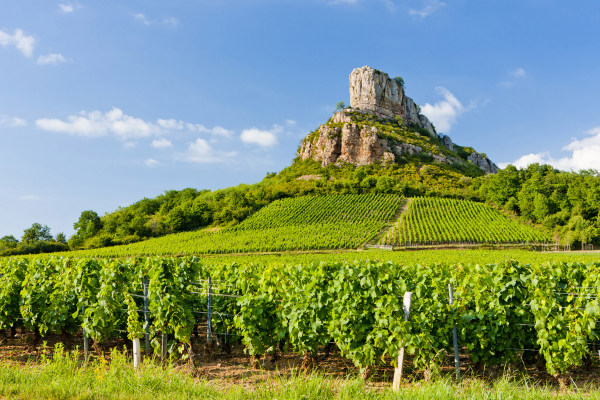
French vineyards will be allowed under new rules to hold back more of their production each year to protect them in case harvests are damaged by extreme weather including storms and drought.
The move comes after a series of fierce hailstorms battered fields across France in May, the latest in a series of weather-related losses that many growers attribute to climate change.
The National Institute of Origin and Quality (INAO), which sets the rules governing France’s prestigious wine appellations, said Thursday that producers of red and white wines would now be able to stock 20 percent of their annual output, for a total of 50 percent over a three-year period.
Previously they were allowed to keep just 10 percent of their stock.
“This decision will reinforce the resilience of vineyards against recurrent weather hazards, by playing a role similar to crop insurance,” the INAO and the top government official for the Gironde department, which includes Bordeaux, said Thursday.
The storage rules were originally rolled out across France starting in 2013 to ensure vineyards would have reserves in case quality or quantify suffered for a particular vintage.
Dessert wines and champagne were not included in the programme.
But the INAO said the new rules would now be tested for producers of three sweet wine appellations: Sauternes, Barsac and Monbazillac—the latter a popular pairing with foie gras.
An increase in early frosts and summer droughts have taken a toll on winegrowers as well as food producers in France and elsewhere in Europe in recent years, often causing price spikes for consumers.
Europe’s wine production dropped to levels unseen since World War II last year as extreme weather battered top producers Italy, France, Spain and Germany, the main farmers’ union said last October.
A spring cold snap in the Bordeaux region last year, for example, slashed the 2017 harvest by 40 percent. MKH
RELATED STORIES:
Philippine flag now flies over Europe’s largest vineyard
Pope Francis’ preferred wine takes center stage